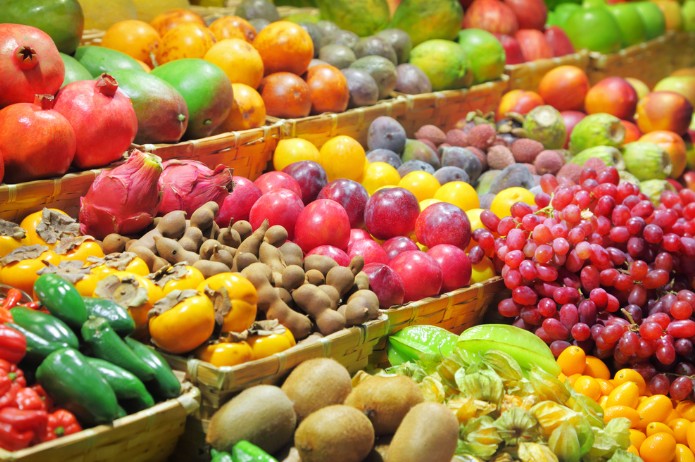Wonders of Creation
The Hidden Design of Fruits: Colors, Seeds, and the Secret of Nature’s Wisdom
Why fruits change colors, how seeds are protected, and what it all reveals about the balance of creation
- |Updated

When you step into the neighborhood fruit and vegetable store, the vibrant colors of fruits and vegetables immediately catch your eye. Why all these colors? Wouldn’t it have been simpler if all fruits and vegetables had one uniform color?
In their unripe stage, why do fruits all share the color green? Wouldn’t it be easier if their final color appeared from the beginning of growth?
Most fruits, when they are ripe and ready to eat, display cheerful colors of orange, red, and yellow, to make them appealing to us to eat. If all fruits were the same color, we would eat fewer varieties, which would significantly reduce the range of vitamins and minerals in our diet.
The diversity of fruit colors encourages us to eat a variety of fruits, each providing different essential nutrients. In their unripe stage however, when eating them would be either unhelpful or even harmful, all fruits remain the color green. Their uniform message is: “I am not ready to be eaten yet.”
They are green so that they blend in with the leaves, making them less noticeable. This camouflage protects them from being picked too early, allowing them to grow fully and reach their purpose. Only when ripe do they shed their green disguise and reveal their bright, inviting colors.
The Hardness of Seeds
From the same roots grow trunk, branches, leaves, and fruit, but the hardness of each part varies: the trunk is harder than a young branch, the branch is harder than the fruit, and the fruit is harder than the leaf. The hardest part of all is the seed of certain fruits.
Consider the plum, peach, or apricot: their pits are as hard as stone — even though they grow from the very same roots and materials as the softer parts of the tree.
This is because each of these fruits contains only one seed. That single seed must be specially protected to ensure the survival of the next generation. Thus, its “stone shell” provides extraordinary protection against being eaten or destroyed by humans or animals. Once the seed touches the soil, the hard casing miraculously splits open, allowing the seed inside to connect with the earth and grow into a new tree.
This is possible when certain bacteria found only in soil are able to penetrate the seam between the two halves of the seed, breaking it apart and freeing the new life within. The seed is designed as two halves glued together, even though it had never before been divided.

Seeds in Multiples
Fruits that contain many seeds such as citrus fruits or watermelons, do not require such stone-hard protection. Even if some seeds are damaged, others will survive to ensure continuity. In these cases, other protective strategies appear instead:
A bitter taste in the seed, deterring animals from eating it (in sharp contrast to the fruit’s sweetness).
A slippery coating, like in citrus seeds and watermelon, making them slide away from the eater and fall to the ground.
A hard protective layer near the seed, as in apples, creating discomfort if bitten.
Harmony of Taste and Design
Notice the beautiful harmony in creation: the fruit is designed to delight the human palate, while the seed is designed to repel. Together, these features ensure both human enjoyment and the survival of future generations of plants.
This unity of design is one more sign pointing to the existence of a single Creator, of both the plant and animal world.

